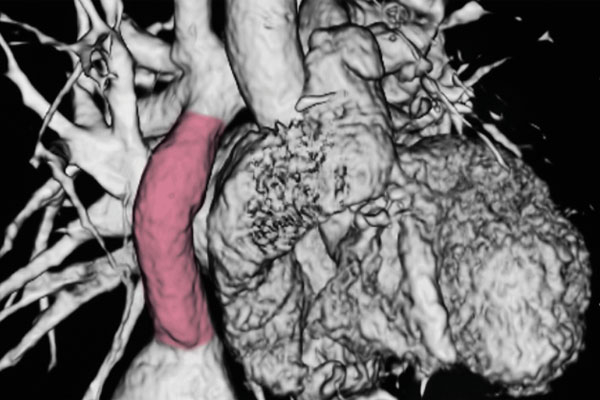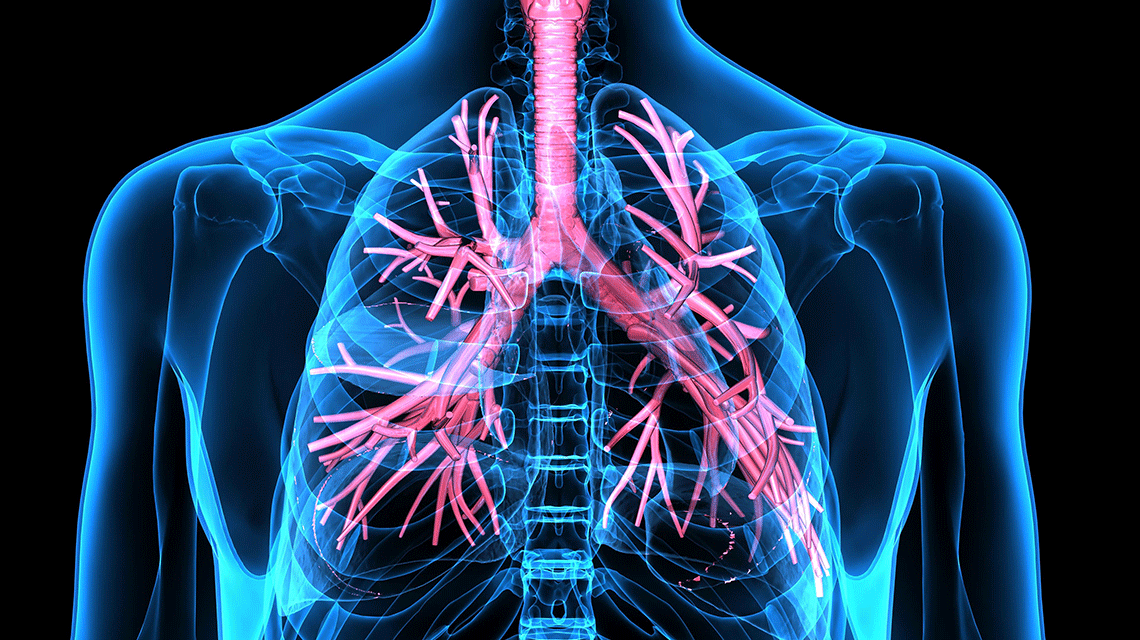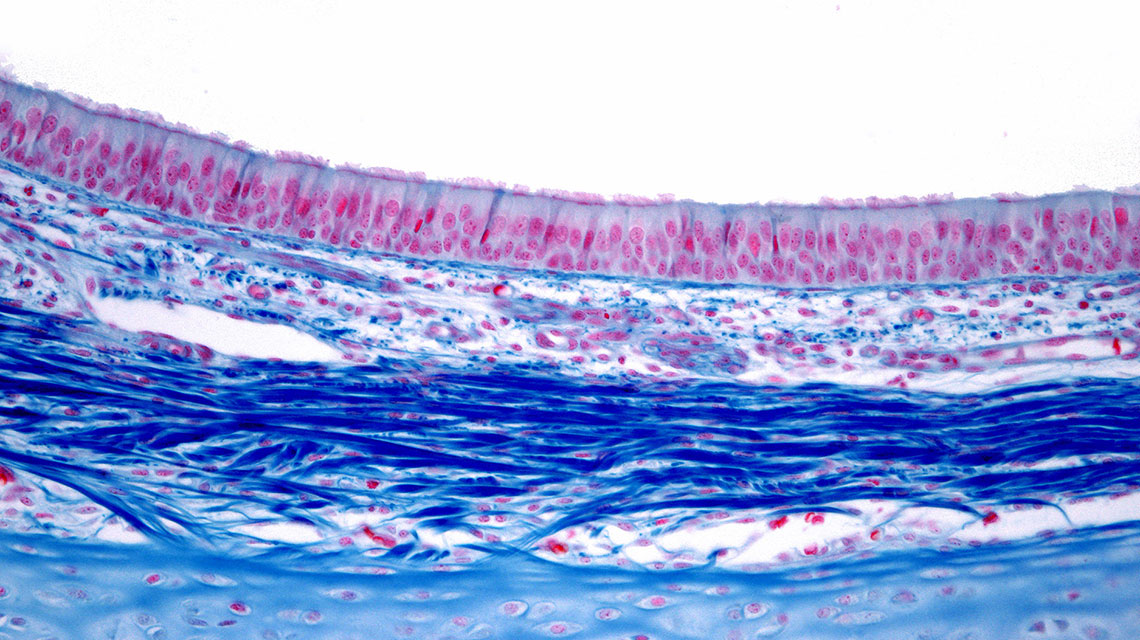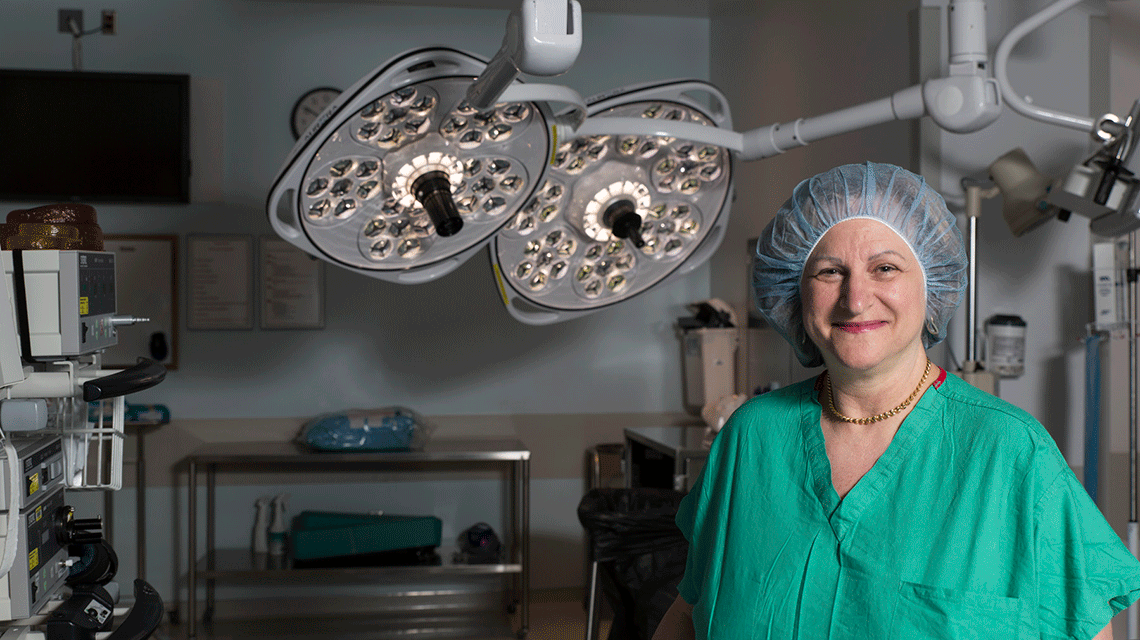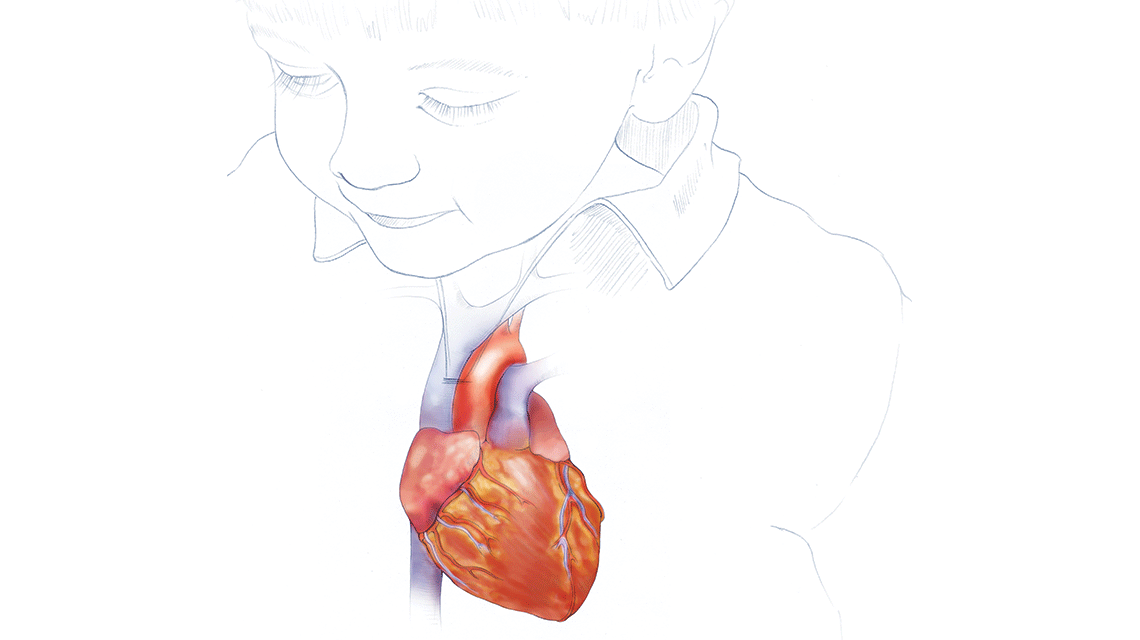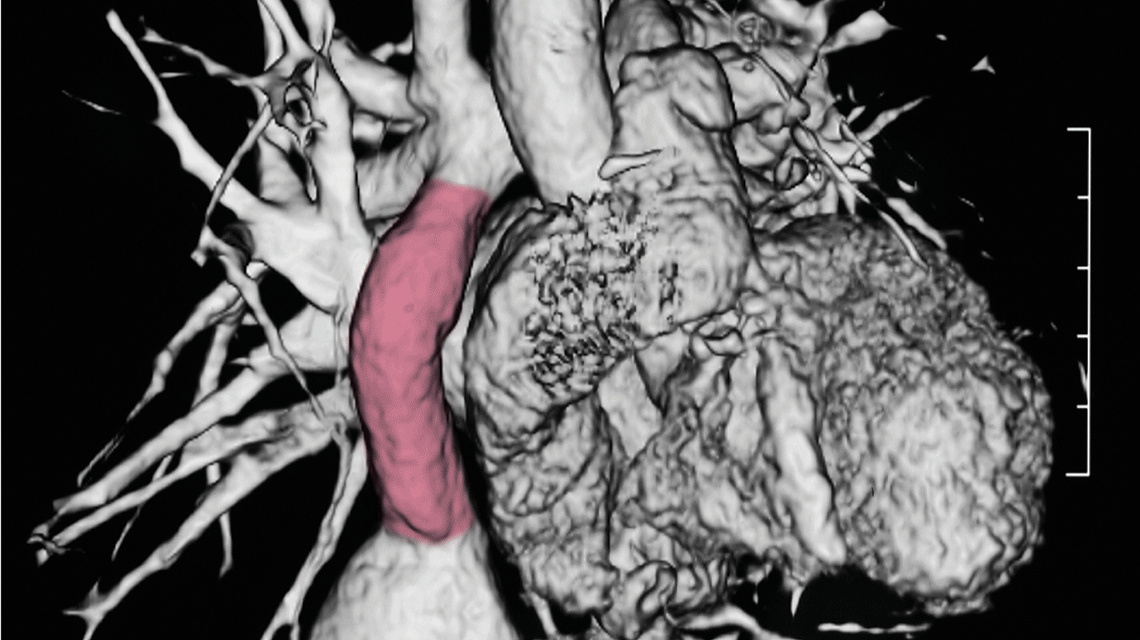Tissue Engineered Trachea: State of the Research
Tissue Engineered Trachea: State of the Research https://pediatricsnationwide.org/wp-content/themes/corpus/images/empty/thumbnail.jpg 150 150 Lauren Dembeck https://pediatricsnationwide.org/wp-content/uploads/2021/03/Dembeck_headshot.gifThe promise of tissue-engineered trachea grafts is moving closer to the clinic, as recent preclinical studies have shown successful implantation and neovascularization. Breathing is an essential biological function that provides our bodies with the oxygen necessary for survival. However, most of us rarely think about the biological structures that make it possible. The trachea, commonly…




